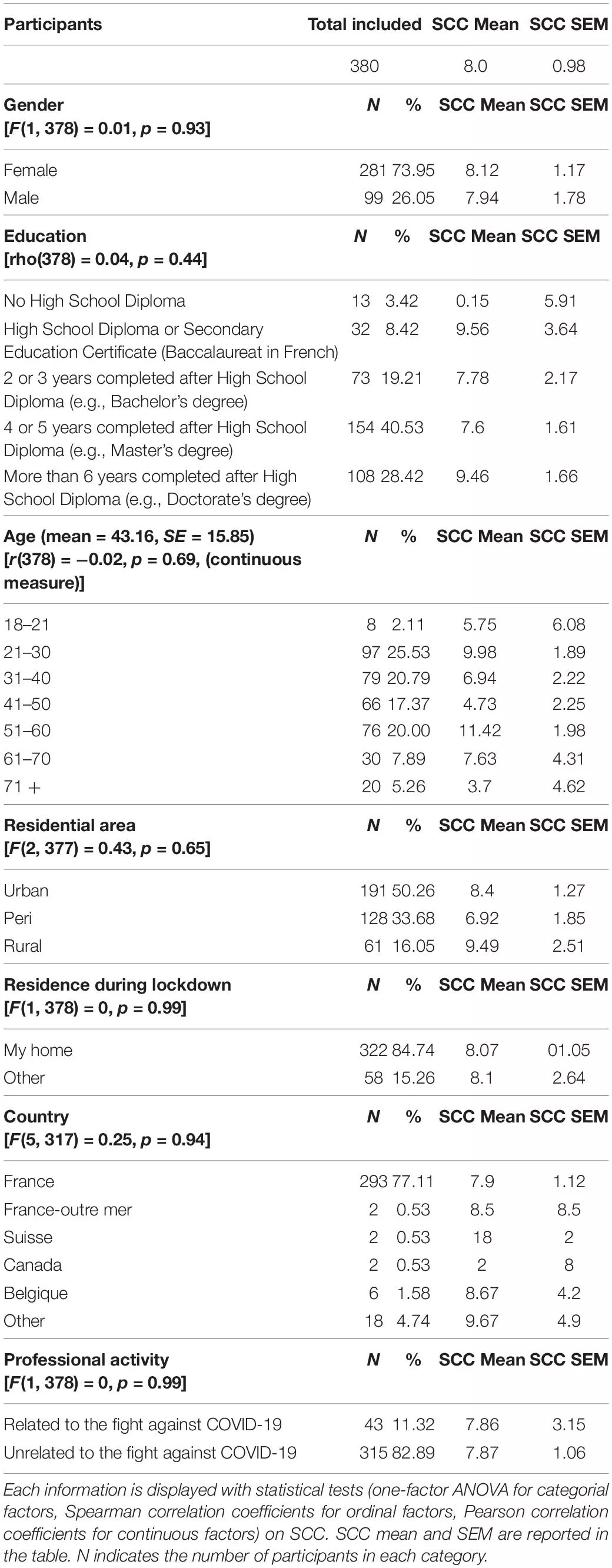The covid-19 pandemic caught us unprepared. The unusual situation of the initial blockade requires us to have extraordinary adaptability, especially our brains. A new study by the brain Institute in Paris reveals how human creativity develops during this period and the variables that may affect it. Despite being banned, people's creativity is still increasing and is mainly focused on tasks related to the situation.
Creativity is one of the cognitive functions, which enables us to be flexible in the new environment and solve problems in unique situations. The special circumstances surrounding the containment of the covid-19 pandemic for the first time require us to reconsider our routine work, set new restrictions and adapt In short, be creative.
A group of researchers from frontlab of the brain Institute in Paris conducted an online survey using a two-part questionnaire to analyze the impact of blockade on creativity. The first part includes some questions designed to help participants assess their situation from March to April 2020 (are you grounded alone or with others? Do you have more work or spare time than usual?), Their emotional state at that time (do you feel more motivated? Do you notice changes in your emotions or stress levels?), Finally, do they feel more or less creative than before. In the second part, the participants were asked about their creative activities during the period of confinement, their frequency, field, degree of success and the factors that promoted or prevented them from doing so.
The researchers collected more than 400 responses for analysis.
Stressed but more creative
"Our first observation is that confinement is a psychological pain for most participants, as other studies have shown, but on average, they feel more creative," said th é ophile bieth (AP-HP), co-author of the study. By linking these two messages, we show that the better people feel, the more creative they think they are.
In contrast, when researchers asked respondents about the number of obstacles they encountered, they observed a non-linear relationship. Whether the change in creativity is positive or negative, participants believe that they have encountered many obstacles. Indeed, many people encounter obstacles in their daily activities, which forces them to give full play to their creativity in order to complete these activities. On the contrary, some people feel that they are not creative because they face too many problems to give full play to their creativity.
More creative activities
The second part of the questionnaire includes a list of 30 different activities, most of which are part of the international standards used in creativity research (inventory creativity activities and achievements). These activities include cooking, painting, sewing, gardening, decoration and music. Participants were asked whether they had engaged in these activities in the past five years, whether their practice increased during the period of closure, and why? How often? If not, why not?
"This part of the questionnaire attempts to measure quantitative and qualitative changes in creative behavior more objectively, while the first part is based on subjective reports of the situation," explains Emmanuelle volle (INSERM), the last author of the study. "Our results show that this measurement of creative behavior is consistent with the measurement of subjective changes reported by subjects. In both cases, the observed changes are related to free time and emotional feelings.".
The top five talents added during confinement were cooking, sports and dance programs, self-help activities and gardening. On average, among the 28 activities surveyed, they also include, for example, interior design, sewing, creating or transferring objects. About 40% of the activities that have been practiced in the five years before confinement have increased their practice.
Positive correlation between mood and creativity
The results of this study highlight the overall improvement in creativity during the first confinement. This positive change may be related to having more free time, feeling more motivated, having to solve a problem, or having to adapt to a new situation. However, when there are negative changes in creativity, they are related to negative emotions, such as stress or anxiety, feeling stressed, or lack of material resources or opportunities.
The correlation between positive emotions and creativity is quite controversial. "There is some evidence in the scientific literature that you need to feel good to be creative, while other evidence points in the other direction. In addition, I don't know in which direction this process happens: do we feel good because we are creative, or does creativity make us happier?" Aliz é e concluded.
